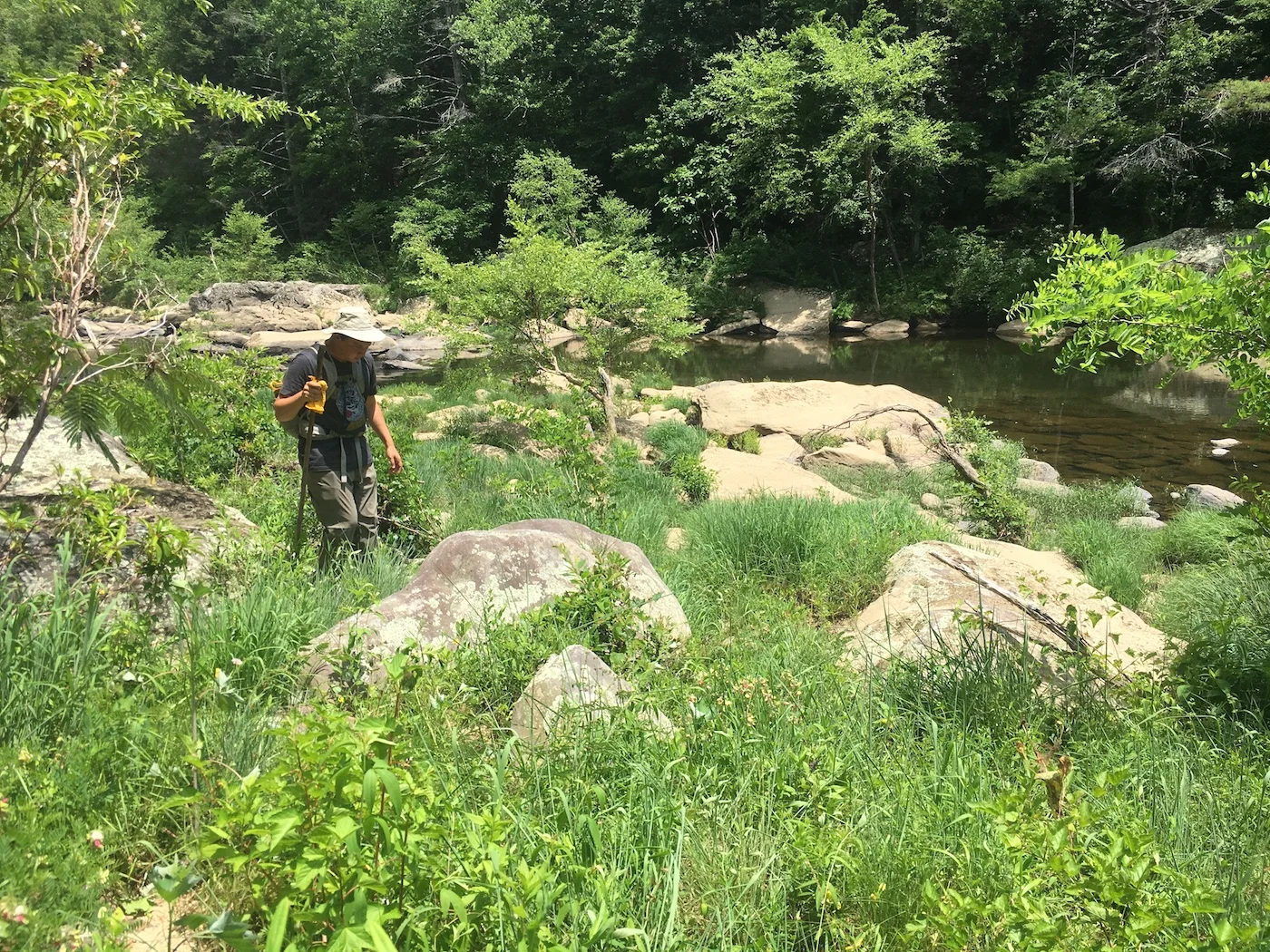I’m an optimist at heart, which makes the topic of extinction a sobering contrast to my personality. Yet, extinct plants have captured my imagination for some time. . . . When I would attend conferences or talk with other botanists, I would often ask “What extinct plants are known from your State?” I was surprised to discover most botanists had no idea.
The Ghosts of the Grass-pinks (and Other Penalties of an Ecological Education)
Anyone who has ever suffered the loss of a special place to “progress” can relate to this blog from SGI’s Chief Ecologist, Theo Witsell. “One of the biggest failures of the conservation movement is that sites that are small, or isolated, or expensive (which are often the rarest and most critical) get sacrificed.”
The Importance of Rights-of-Way to Sun-Loving Grassland Species
The flat to gently rolling surface of the Cumberland Plateau has grasslands, yet they are hard to come by today. Once common and widespread, these formerly open pine and oak savannas, prairies, glades, and acidic open wetlands have largely disappeared, and with them many of the species they supported. For this reason, the Tennessee Valley Authority is working with SGI to support an inventory and assessment of Rights-of-Way (ROWs) in the Cumberland Plateau, and field work began May 2019.
The Flora and Rare Plants of the Clear Fork Riverscour on the Cumberland Plateau
May 2019 marked the kick-off of SGI’s project exploring and documenting riverscour grasslands in the Big South Fork National River and Recreation Area along the rugged and beautiful Clear Fork River. This work, funded by the National Park Service, will document the flora and plant communities of open habitats in the riparian corridor as well as map populations of rare and invasive species.
#6 Southern Ridge and Valley Dolomite Seep
#5 Interior Plateaus Limestone Riverscour Glade
This blog post is dedicated to the Highland Rim Limestone Riverscour Glade. This community is a type of glade, which is a rocky grassland/shrubland community that is found along just a few rivers in the Interior Plateaus ecoregion of central and east-central portions of Tennessee and Kentucky, southern Indiana, southern Ohio (?), and historically northern Alabama.
#4 Cumberland Plateau Sandstone Riverscour Barrens
Most natural grasslands of the world are maintained by fire, grazing or climatic factors (e.g. lack of rainfall, persistent cold/freezing in tundra), but in the depths of some of the deepest river gorges of Southern Appalachia are poorly known flood-maintained grasslands known to community ecologists as riverscours.
#3 Nashville Basin Limestone Savanna
#2 Blue Ridge Montane Basins Shortleaf Pine-Post Oak Savanna
The Blue Ridge Montane Basins Shortleaf Pine-Post Oak Savanna (found in portions of southwestern North Carolina near Hayesville, northern Georgia, and extreme southeastern Tennessee) is extremely poorly known. One of the earliest (1818) references to vegetation from this region recorded shortleaf pine and post oak. A high incidence of shortleaf pine and post oak would suggest adaptation to fire.
#1 Blue Ridge Serpentine Barrens
One of the rarest of all grassland types in the world is the Blue Ridge Mountains Serpentine Barrens! This community is represented by just a couple of examples in western North Carolina. The heavy metals in the soil resulting from the underlying serpentine rock combined with shallow soils, make these steep mountainsides more suitable to open woodlands and grassy barrens instead of forests.






